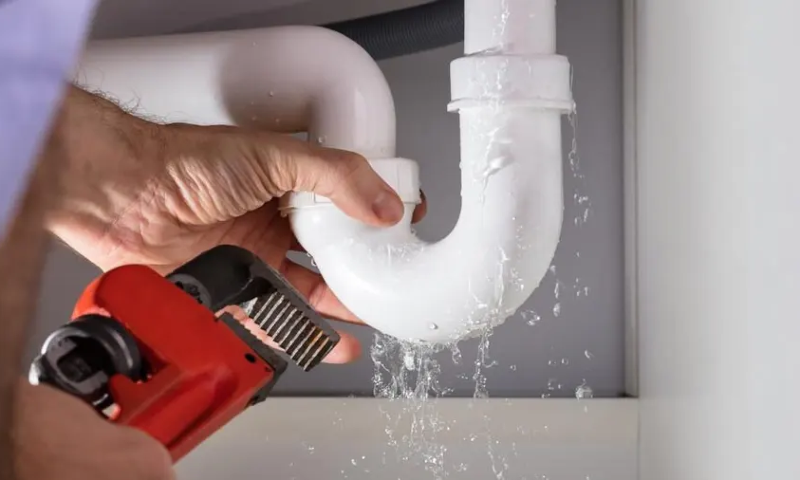Plumbing emergencies can be a nightmare, causing significant damage to your property and disrupting your daily routine. However, by being proactive and observant, you can often spot the warning signs and reach out to an emergency plumber before the problem escalates. In this article, you can glance through some key indicators to identify potential problems and take timely action to prevent a disaster.
Low pressure: A sudden drop in water pressure can indicate an impending emergency. If you notice weak flow from your faucets or showerheads, it could mean a clog in the pipes or a leak in the system. Ignoring this issue may result in burst pipes or damage. Monitor the pressure regularly and address any significant changes promptly.
Slow drains: Slow draining sinks, showers, or toilets are frustrating and can be a warning sign of a clogged pipe. Hair, grease, soap residue, and other debris can accumulate over time and impede the flow. If left unattended, a complete blockage may occur, leading to sewage backup or overflowing drains. Consider using drain screens and regularly cleaning them to prevent clogs.
Unusual sounds: Unusual sounds coming from your plumbing system can indicate a problem. Gurgling noises in the drains, bubbling in the toilet, or knocking sounds from the pipes may suggest an underlying issue. Trapped air, water hammering, or a blockage are a few causes of these sounds. If you hear any unfamiliar sounds, it’s wise to have a professional investigate the issue. To learn how to spot a plumbing emergency before it happens, it’s essential to have a team of licensed plumbers on hand for any plumbing needs.
Puddles or water stains around appliances: Check the area around your dishwasher, washing machine, or refrigerator with an ice maker for any signs of puddles or stains. These appliances are connected to your system and can develop leaks or faulty connections. Promptly address any moisture issues to prevent further damage.
Water discolouration or strange odour: Discoloured or foul-smelling water clearly indicates a plumbing problem. Brown or rusty water may suggest corroded pipes, while a strong odour could indicate a sewer line issue. They require immediate attention as they can lead to leaks, pipe deterioration, or contamination. Contact a licensed professional to inspect your system and determine the source of the problem.
Leaking pipes or faucets: Leaking pipes and faucets are wasteful and a sign of issues waiting to happen. Even small drips can gradually lead to significant damage, mould growth, and increased bills. Regularly check your plumbing fixtures for leaks and address them promptly by tightening connections or replacing worn-out parts.
Constantly running toilets: A toilet that runs continuously is an annoyance and a sign of a potential emergency. The persistent flow can waste a substantial amount and strain your system. Faulty flapper valves or damaged fill valves are common culprits behind this issue. If you notice your toilet running non-stop, repair it promptly to prevent further complications.
Frozen pipes: In colder climates, when temperatures drop below freezing, water inside the pipes can expand and freeze, leading to bursts and significant damage when the ice thaws. Insulate exposed pipes, especially in unheated areas, and allow faucets to drip during freezing conditions to prevent pipe freezing.
Conclusion
Recognising the warning signs of an emergency before it happens can save you from big-budget repairs and property damage. They can be addressed in their early stages by being attentive to changes in pressure, drainage, sounds, water quality, leaks, and other unusual occurrences. However, you must remember that not all problems are easily detectable, and professional assistance like an emergency plumber should be sought when in doubt. Moreover, regular inspections and maintenance can help prevent problems and ensure your plumbing system’s longevity.

